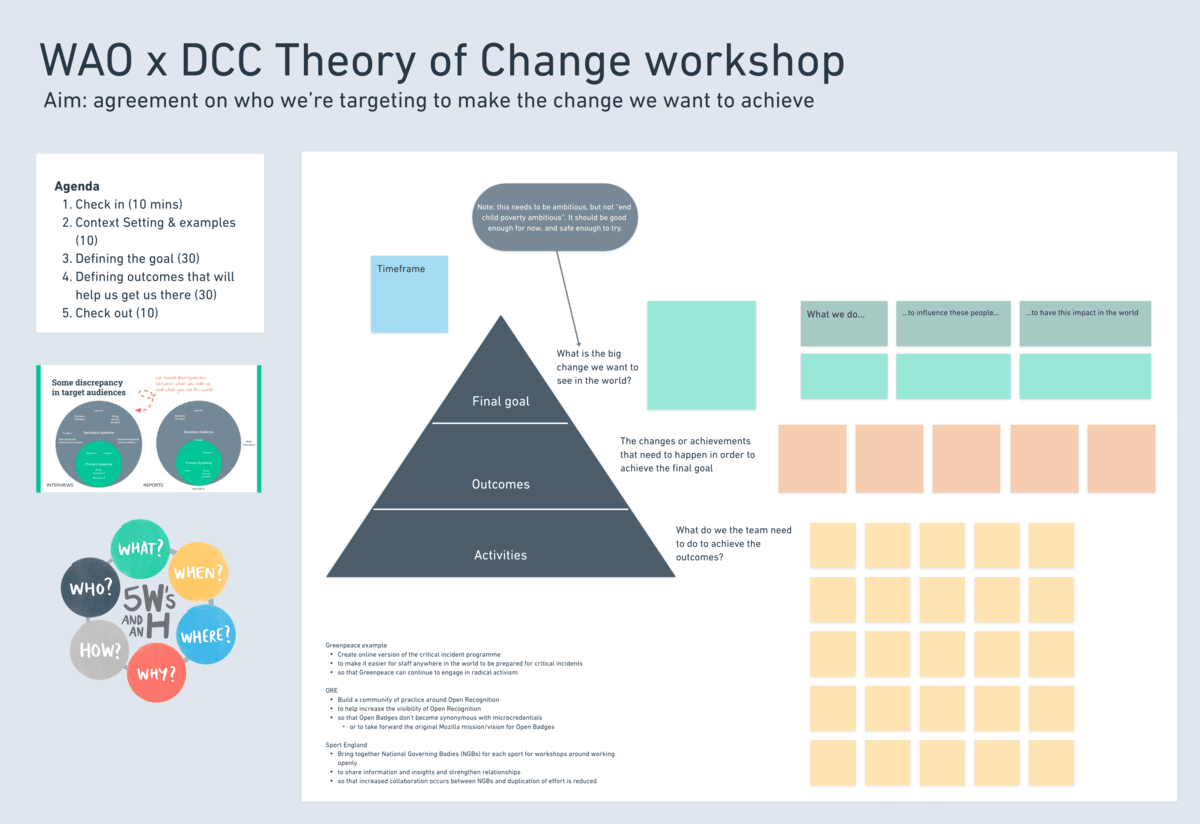TB872: Systemic inquiry and the ‘design turn’
Note: this is a post reflecting on one of the modules of my MSc in Systems Thinking in Practice. You can see all of the related posts in this category.

The direct consequence of the profound changes in the character and role of organised knowledge is that the future must now be regarded as increasingly a human artefact — an art-in-fact. The future can no longer be regarded as a natural object, a fact already there or objectively determined by present trends. Rather, it must be chosen.
Hooker (1992), quoted in Ison (2017, p.269)
The above quotation reminds me of this Steve Jobs video in which he says “everything around you that you call life was made up by people who were no smarter than you; and you can change it, you can influence it, you can build your own things that other people can use”. There is no ‘fact of the matter’ but rather approaches we can take to shift our own and other people’s perspectives.
A ‘design turn’ is “a shift in perspective and level, as well as in critical reflexivity” (Ison, 2017, p.270). It’s a move towards incorporating principles and practice from design thinking to create a more holistic, generative, and creative approach. It’s visual, focused on action, and inherently user-centred; taking a ‘design turn’ means “considering a situation as if it were a learning system” (Ison, ibid.).
My situation of concern (S2) is the work that We Are Open Co-op (WAO) is doing with the Digital Credentials Consortium (DCC) around Verifiable Credentials (VCs), where we’re helping with documentation and asset-creation. If I think about taking a design turn with this work, then it means challenging some assumptions.
For example, the reports put out by the DCC either implicitly or explicitly discuss primary and secondary audiences for influencing the Higher Education (HE) system to use VCs for issuing digital credentials. We created a simple diagram of this, and then compared that with one we created from the user research interviews carried out with staff.

Having clarity around who it is that you’re trying to influence is key to designing effective documentation and assets, and telling the right kind of stories. We’ve therefore carried out some more user research interviews with the DCC’s Leadership Council, and will be running a ‘Theory of Change’ workshops for staff in the next couple of weeks.
The outcome of these workshops should allow us to agree on primary and secondary audiences and therefore draw an appropriate boundary for the situation of concern involved in this work. In turn, this should mean that we can spot the influence that different audience groupings have on one another (i.e. ‘system dynamics’) so that we can map feedback loops and opportunities for intervention.

The key to all of this is testing and iteration. One of the ways we’re doing this, in addition to the above is by starting to tell stories which introduce mental models and metaphors. Through a series of blog posts and other assets, we expect will learn what resonates with the wider public, with particular stakeholder groups, as well as discovering unexpected connections and ways of describing the required conceptual shift.
Helen Wilding, who is now one of the tutors for this module, wrote a blog post about the design turn when she was a student herself. She reflects on a video which discusses how you never arrive at a ‘blank slate’ situation; there is always something going on, meaning that “in effect you are working your way through understanding an existing dynamic and trying to think about how to work to improve it” (Wilding, 2013)
This ‘design turn’ is something which sits comfortably with me. Unlike some of the other approaches and ways of thinking on this module, design thinking is something more familiar and embedded in the kind of work that WAO do with clients. For example, we don’t ‘deliver’ projects, but explore situations with clients through tools and approaches such as user research, experimentation, prototyping, and encouraging people to work more openly.
So in terms of taking a design turn to “go about designing a learning system to enact a systemic inquiry in the context you are using… for your Systemic Inquiry 2” (The Open University, 2021), the learning system is to a great extent the existing practices of the co-op of which I’m part. There are certainly some approaches from this module that I’m already adding into the mix with our work, but in terms of a learning system, the main thing is to help our client (the DCC, and in particular the director) learn more about, and how to influence, the system of which they are part.
This might mean, for example, helping them realise that they don’t have a direct way of themselves influencing a key stakeholder group. So who can they influence? How? What kind of assets and resources might they need to do this? How might their documentation need to change? What about the events they go to? What would the ‘minimal lovable product’ be in this regard?
References
- Ison, R. (2017). Systems practice: how to act. Springer, London.
- The Open University. (2021). ‘2.5.1 Taking a design turn in your practice’, TB872: Managing change with systems thinking in practice. Available at https://learn2.open.ac.uk/mod/oucontent/view.php?id=2171589§ion=2.5.2.5.1.1 (Accessed 26 January 2024).
- Wilding, H. (2013) ‘Returning to the “design turn”’, Just Practicing, 12 March. Available at: https://helen.wilding.name/2013/03/12/returning-to-the-design-turn/ (Accessed: 26 January 2024).
Top image: DALL-E 3


